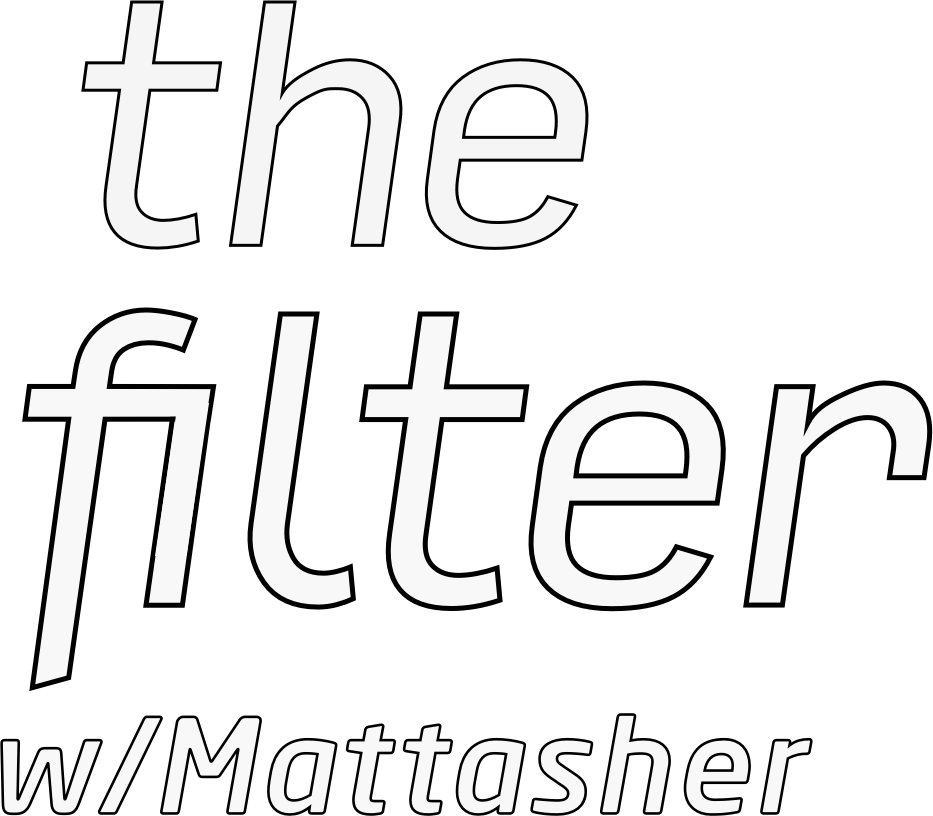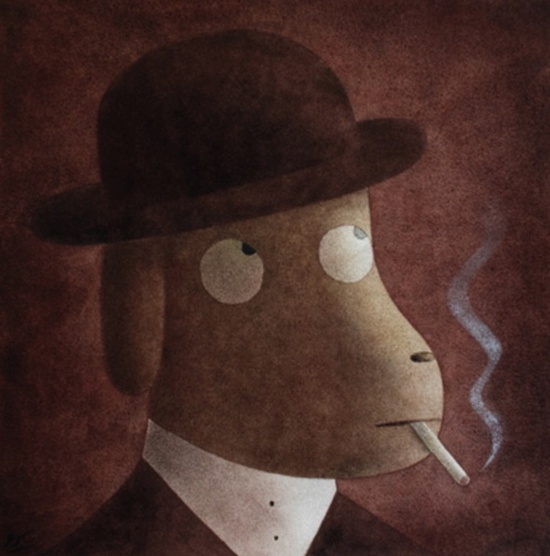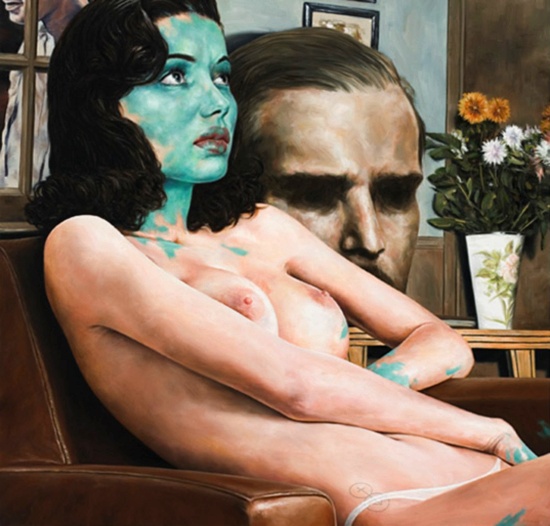
Charles Krafft crafts weapons out of porcelain. The results are surprising good, dispite his clearly limited talent for executing in his chosen medium.
Category: Art
The not-so-uncanny valley
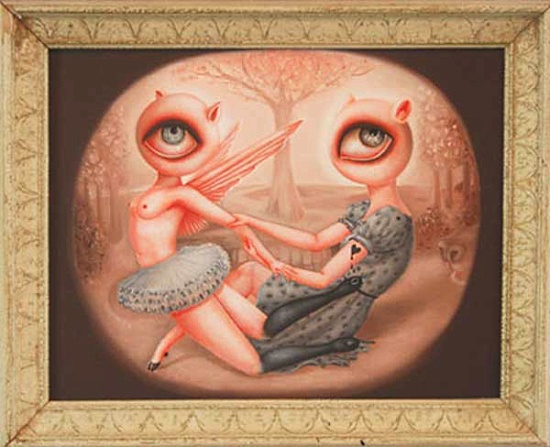
There’s a theory about human perception of almost-human figures that goes this this: if the representations are crude, or clearly just symbolic, we have no problem with that. Think about cartoons like Scooby doo. We often find these representations, which one would never confuse for actual human beings, cute.
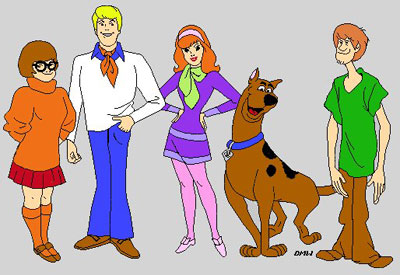
On the other hand, as you get closer and closer to a representing an acutal human being, but before your picture looks “real”, you enter the “uncanny valley”. In this range, images of humans looks surprisingly lifelike, but we can tell they are fake, or not-quite-human. This is deeply disturbing to us. Zombies fall into this category. Our brains can tell right away that something’s not quite right, and this bothers us.
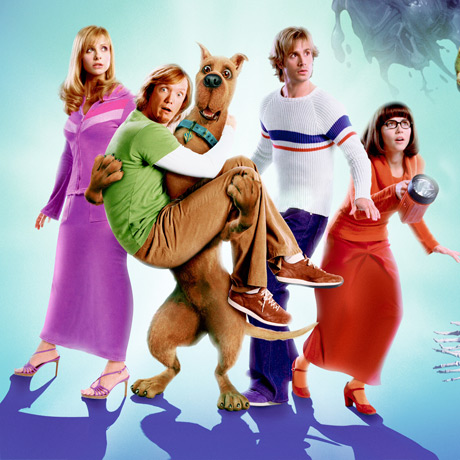
Look one more time at the first image in this post. I have my own theory about near-human looking art. I beleive that when we look at half-human creatures like those in Jenny Bird Alcantara’s “Daughter of Icarus”, we keep trying to make the images human. Our brains look for ways that it could be a human being, just like we try to see faces everywhere. We do a mental inventory of human parts: legs, torso, arms. But wait! What kind of feet are those? And what’s with the giant eye? We want to see these images as human, but we can’t. And disturbs and intrigues us, since we spend a good part of our cognitive time trying to fit things in categories. When that doesn’t work, we don’t give up easily. They end result can be creepy and compelling.
Skeletons embrace
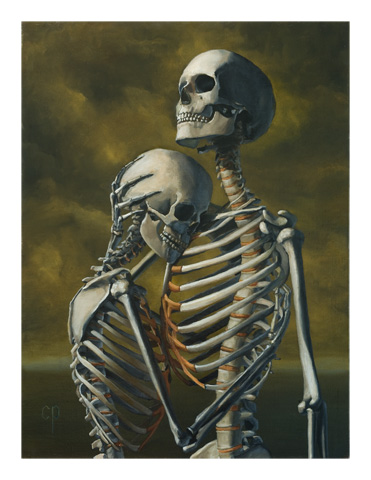
This is “To Hold You Again” by Chris Peters. He has a few others with skeletons as well.
Scorched
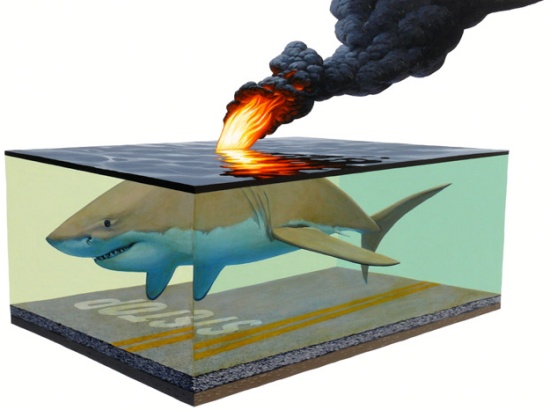
Josh Keyes is fond of setting animal parts on fire. I like the one with the deer better, but chose this one because it references the infamous work by Damien Hirst of a shark (a real shark, not just an acrylic painting like the one you see here) floating in a tank of formaldehyde.
The monster mash
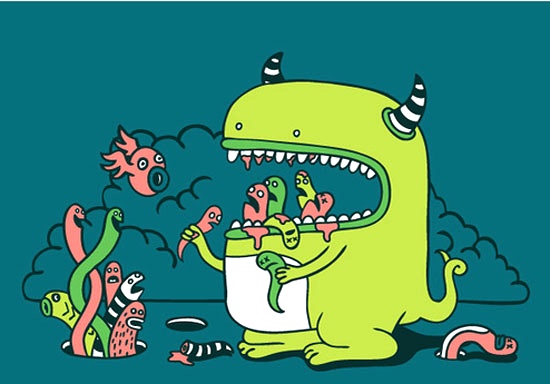
Jan Willem Wennekes feeds our souls.
Sometime you just
No neutral thoughts
A tasty dish
The illustrating man
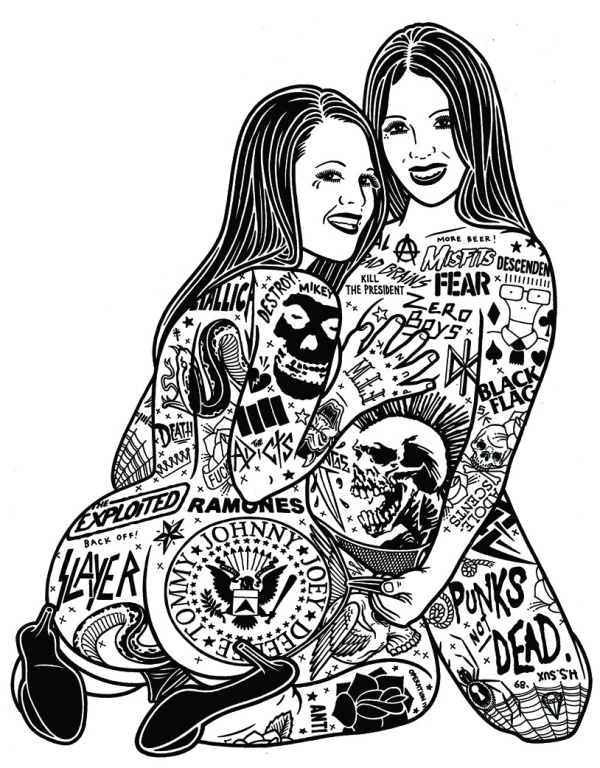
Mike Giant draws black and white art of women with tattoos, and more.
Ahhhh the classics
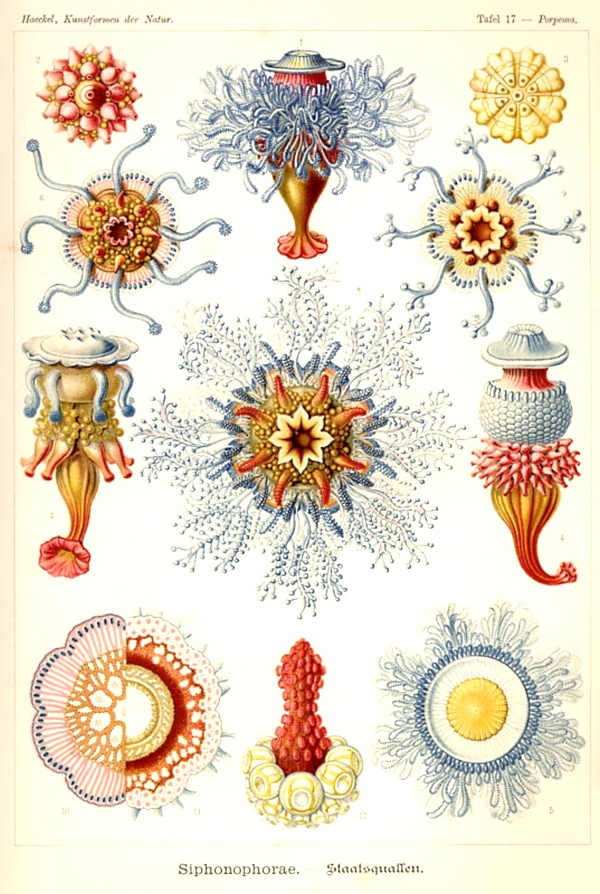
There are talents, there are geniuses, there are masters. Then there’s Ernst Haeckel.
